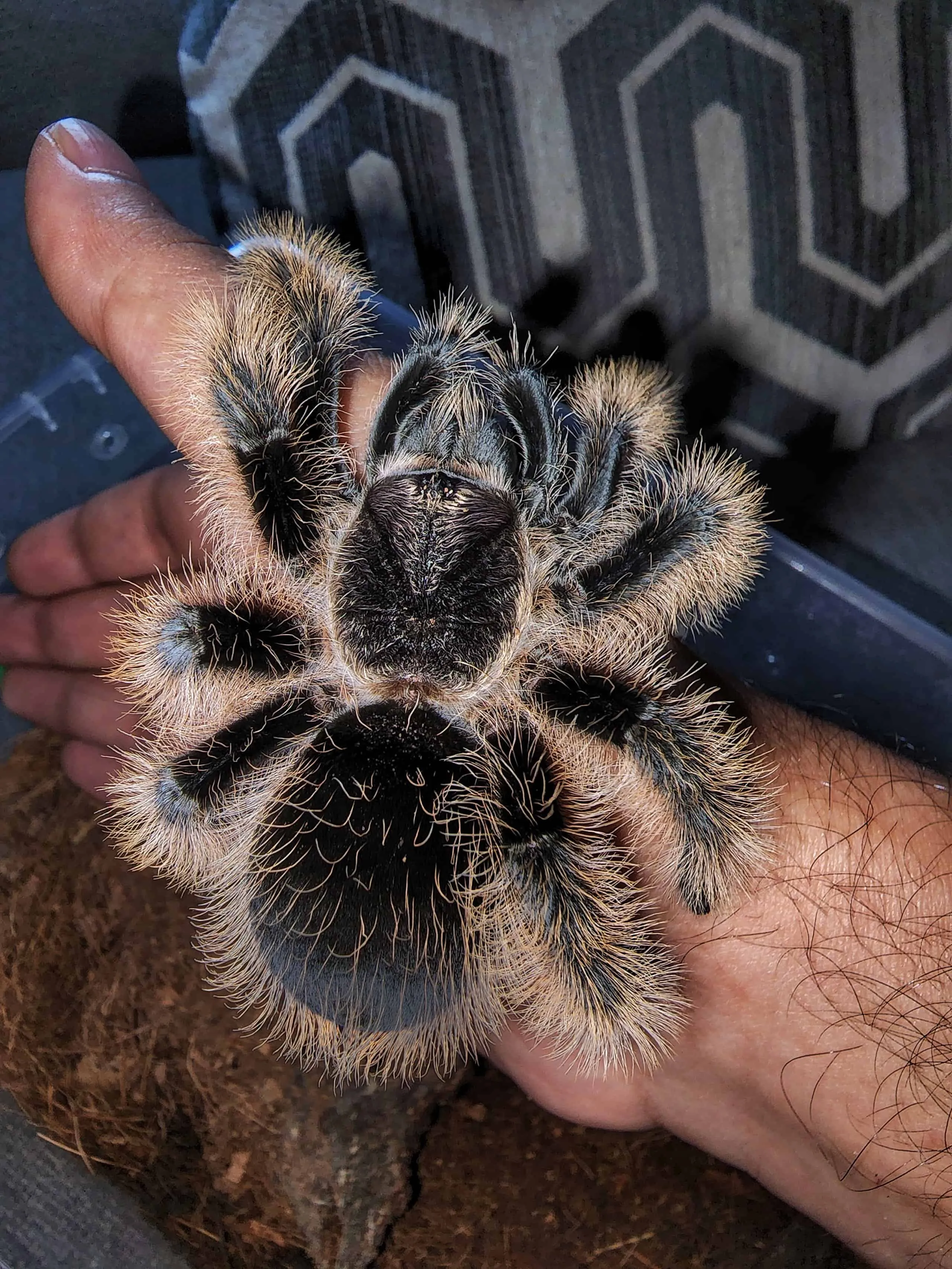Understanding Curly Hair Tarantulas
The Curly Hair Tarantula (Tliltocatl albopilosus) is a popular pet among tarantula enthusiasts. Their docile nature, beautiful appearance, and relatively easy care requirements make them an excellent choice for both beginners and experienced keepers. Understanding their growth process is crucial for providing the best possible care, ensuring a long and healthy life for your tarantula. This comprehensive guide will delve into every aspect of Curly Hair Tarantula growth, from the factors that influence it to the stages they go through during their lifespan. By understanding these elements, you can provide an optimal environment that fosters healthy development for your cherished pet.
About the Species
Curly Hair Tarantulas are native to the tropical forests of Costa Rica. They are known for their striking appearance, characterized by a dark body covered with curly, golden-brown hairs, which gives them their distinctive name. These spiders are relatively slow-growing compared to some other tarantula species. Their size can vary depending on factors such as gender and care conditions, with females generally growing larger than males. The males also have shorter lifespans. These tarantulas are generally docile and are not prone to biting unless threatened. This, along with their interesting appearance, is what makes them great pet for beginners.
Natural Habitat and Behavior
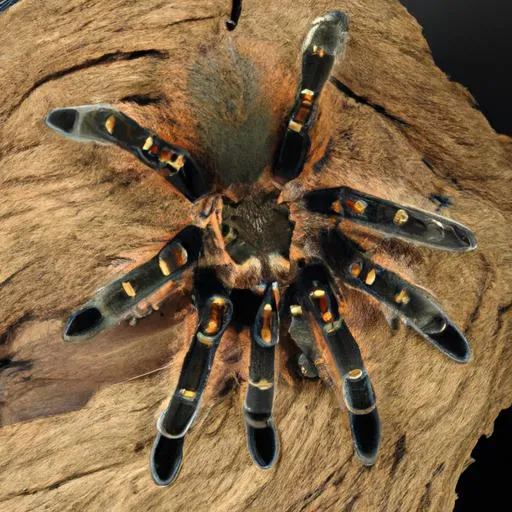
In their natural habitat, Curly Hair Tarantulas are terrestrial spiders that live in burrows or under rocks and logs. They are nocturnal hunters, primarily feeding on insects. Understanding their natural environment is essential for replicating their needs in captivity. They thrive in a humid environment, which is crucial for their molting process and overall well-being. Providing a similar environment to their natural habitat will not only aid their growth but also will make your pet feel more comfortable. They are ambush predators, which means that they wait for their prey to come to them. Because of their behavior, they are not very active.
Factors Affecting Growth
Several factors significantly influence the growth of Curly Hair Tarantulas in captivity. These include temperature, humidity, substrate, feeding habits, and the overall care provided. Creating an ideal environment is essential for their health and development. Proper temperature and humidity levels will stimulate molting, which is an indicator of growth. The type of substrate can impact their ability to burrow and maintain humidity, thus affecting their growth. Providing proper nutrition will provide them with the nutrients needed. By paying attention to these factors, keepers can ensure their tarantulas thrive and live a long, healthy life.
Temperature and Humidity
Temperature and humidity are two of the most critical environmental factors affecting Curly Hair Tarantula growth. They thrive in temperatures between 75-85°F (24-29°C), while humidity levels should be maintained between 70-80%. Maintaining the correct temperature can be achieved using a heat mat or ceramic heat emitter, but it’s crucial to avoid direct heat sources. Humidity can be managed by regularly misting the enclosure and using a substrate that retains moisture well. Proper temperature and humidity levels will stimulate molting. Monitoring these conditions regularly with a digital thermometer and hygrometer is vital for ensuring optimal growth conditions and the health of your tarantula. A sudden change in temperature or humidity can stress the spider.
Impact of Substrate
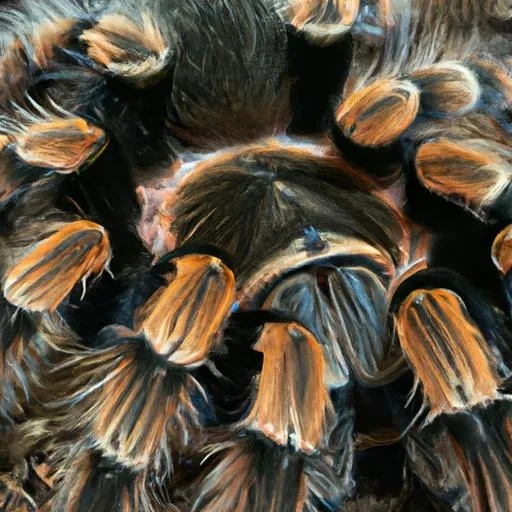
The substrate is more than just the bedding; it plays a significant role in maintaining humidity and providing a comfortable environment for your Curly Hair Tarantula. A good substrate should retain moisture, allow for burrowing (which they love to do) and provide a safe surface for the tarantula to walk on. Ideal substrate choices include a mixture of coconut fiber, peat moss, and a bit of vermiculite. The depth of the substrate should be sufficient to allow for burrowing, approximately 4-6 inches for adults. Regularly check the substrate for mold or excessive dryness and replace it as needed to maintain optimal conditions. The right substrate will make your pet feel like they are in their natural habitat and happy.
Feeding and Nutrition
Feeding is one of the most direct influences on a Curly Hair Tarantula’s growth rate. Spiderlings should be fed more frequently, approximately every 2-3 days, with appropriately sized prey. As they grow, the feeding frequency can be reduced to once or twice a week for juveniles and adults. The prey should be appropriately sized—never larger than the tarantula’s abdomen. A varied diet of insects such as crickets, roaches, and mealworms will provide essential nutrients. Always remove uneaten prey to prevent stress on the tarantula and prevent the risk of harm. Observe your tarantula’s eating habits and adjust feeding frequency as needed. Overfeeding can cause problems and should be avoided.
Molting Process
Molting is a crucial aspect of Curly Hair Tarantula growth; it’s the process by which tarantulas shed their exoskeleton to grow. This process is not only essential for growth but also allows them to regenerate lost limbs and repair any damage to their bodies. The frequency of molting decreases as the tarantula ages, from multiple times a year when young to once a year or less when mature. Proper care during molting is vital to ensure the spider’s survival. The timing of molting can depend on how often they are fed, as more food equals more molting.
Recognizing Molting Signs
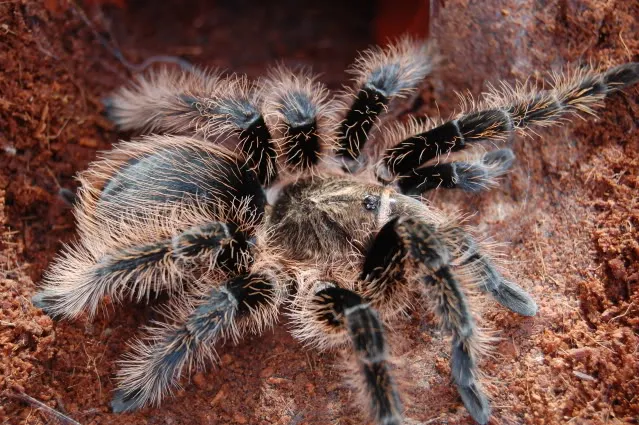
Several signs indicate that a Curly Hair Tarantula is about to molt. These include a change in coloration, especially the abdomen darkening, a loss of appetite, and a generally lethargic behavior. The tarantula might also start to build a web mat and isolate itself. Before molting, the tarantula may appear plump and swollen as it prepares to shed its old exoskeleton. Recognizing these signs is essential to ensure that you don’t disturb your tarantula during the process. Be patient and let the tarantula do the molting at its own pace. Avoid feeding your tarantula when it is preparing to molt.
What to Do During Molting
During the molting process, it is crucial to provide a safe and undisturbed environment. Avoid handling or disturbing your tarantula. Maintain the correct temperature and humidity levels to facilitate the molt. Ensure the enclosure is free from hazards. Once the tarantula has molted, it will be vulnerable and fragile. Leave the new exoskeleton in the enclosure for a day or two to allow the tarantula to harden its new body and build its strength. Provide water, but do not offer food until the fangs have fully hardened. Keep an eye on your tarantula, and make sure it is doing well.
Growth Stages and Lifespan
Curly Hair Tarantulas go through various stages of growth, from spiderlings to adults. Understanding these stages is critical for providing appropriate care and anticipating their needs at each phase. The lifespan of a Curly Hair Tarantula varies with the gender, with females typically living much longer than males. Knowing the growth stages can prepare keepers for what to expect. The stages will tell you how big your spider will get, how long it will take, and how to take care of it.
Spiderling Stage
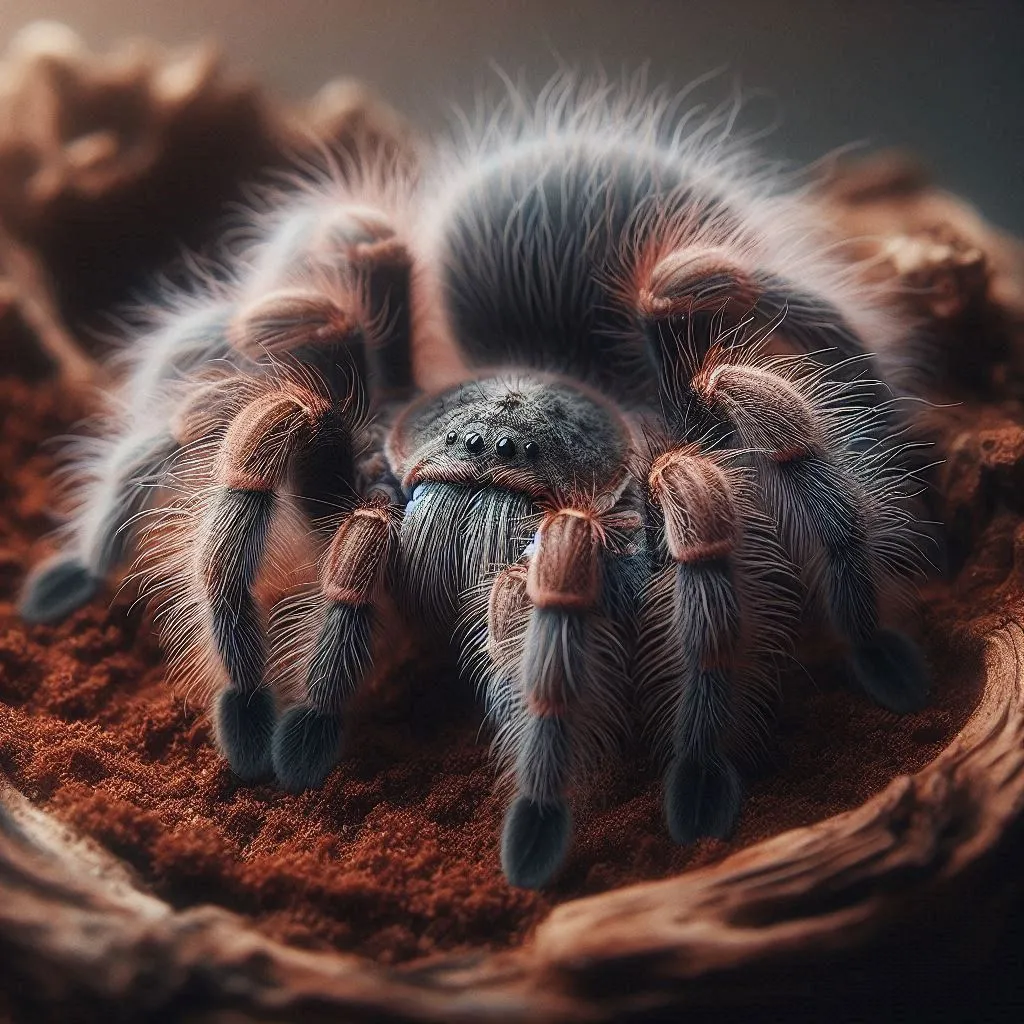
The spiderling stage is the initial growth phase, typically lasting from the time they hatch until their first few molts. Spiderlings are small and require a secure enclosure with a shallow substrate and small, easily accessible prey. They need higher humidity levels and frequent feedings. During this stage, they are very vulnerable, so constant vigilance is needed. Handle them with extreme care, if at all. The key to success with spiderlings is to maintain the correct temperature and humidity, along with feeding them regularly and appropriately sized food items. This stage sets the foundation for healthy growth.
Juvenile Stage
The juvenile stage is when the tarantula grows more rapidly. During this period, they will molt more frequently. They become more resilient. They can handle slightly larger prey items and require a larger enclosure as they grow. Feeding frequency can gradually be reduced compared to the spiderling stage. Continue to maintain optimal temperature, humidity, and substrate conditions. Pay attention to their behavior. Watch for any signs of stress or health issues. They will start to show characteristics specific to this species. This stage is important for developing the tarantula’s overall size and character.
Adult Stage
In the adult stage, the tarantula reaches its full size and sexual maturity. Females can live for several years, while males typically have shorter lifespans. The molting frequency decreases significantly, often to once a year or less. Adult tarantulas require an enclosure of the appropriate size, with ample space for movement. Continue to provide a varied diet and ensure the enclosure’s environment meets its needs. Monitor the tarantula’s overall health and look for signs of illness. Proper care will ensure your tarantula lives a healthy life. In the adult stage, you will fully be able to see all of the beautiful aspects of the Curly Hair Tarantula.
Common Growth Problems
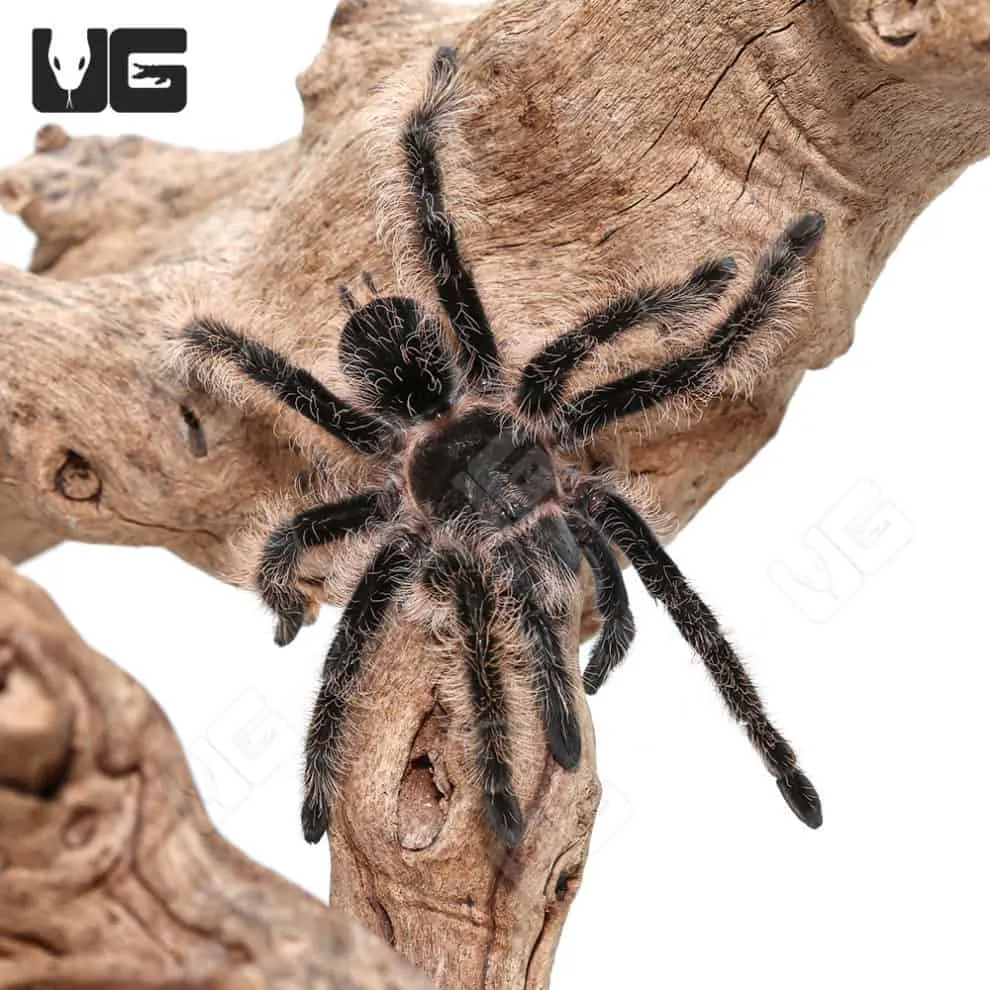
While Curly Hair Tarantulas are relatively hardy, they can encounter growth-related problems if their needs are not met. Some common issues include slow growth, dehydration, and difficulties with molting. Recognizing these problems and taking prompt action can prevent serious health issues. Regular monitoring, keen observation, and proper preventative measures are essential for avoiding these problems.
Slow Growth
Slow growth can be caused by several factors, including insufficient feeding, incorrect temperature or humidity, or an unsuitable substrate. If a tarantula is not eating or is refusing to molt, it may be an indication of a problem. Ensure your tarantula is eating an appropriately sized, varied diet. Check the temperature and humidity levels and adjust as necessary. Examine the substrate to ensure it is suitable. If you notice slow growth, review all aspects of your tarantula’s care routine. If the problem persists, consult a veterinarian specializing in exotic pets for advice.
Dehydration
Dehydration is a serious problem that can significantly impact the health and growth of a Curly Hair Tarantula. Signs of dehydration include a shriveled appearance, difficulty molting, and lethargy. To prevent dehydration, ensure the enclosure has adequate humidity levels, which can be achieved by misting the enclosure regularly and using a suitable substrate. Provide a shallow water dish with fresh water at all times. If you suspect your tarantula is dehydrated, mist the enclosure more frequently and gently mist the tarantula directly with a spray bottle of water. You may need to consult a veterinarian for a more serious case of dehydration.
Tips for Optimal Growth
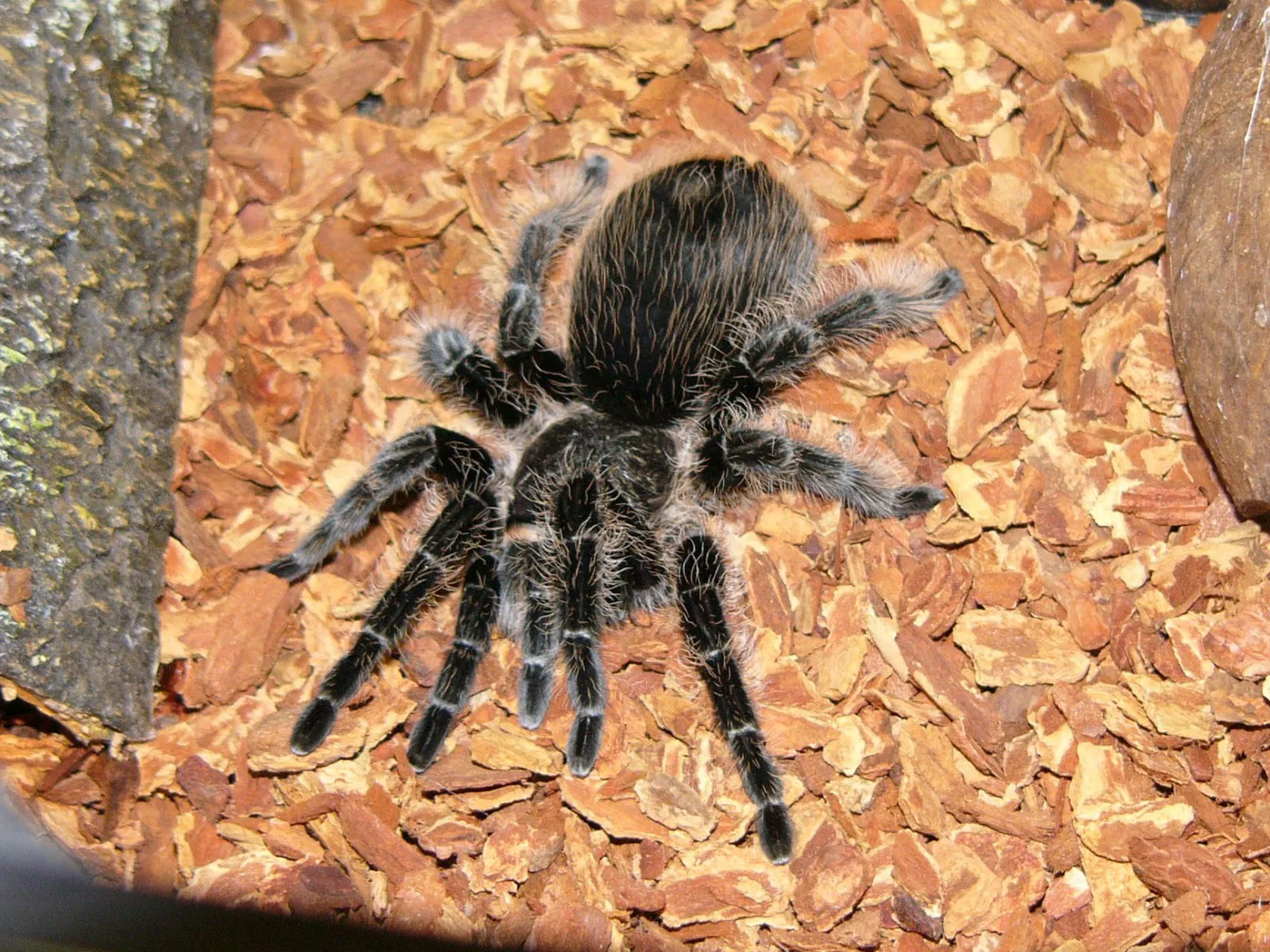
Providing optimal conditions is key to fostering healthy Curly Hair Tarantula growth. Paying close attention to the environment, nutrition, and general well-being of your tarantula will result in a thriving pet. A few simple tips can make a significant difference in the health and development of your tarantula. These tips include setting up the enclosure correctly, keeping the correct conditions, and feeding properly.
Proper Enclosure Setup
The enclosure setup is a critical factor in the growth and health of your Curly Hair Tarantula. The enclosure should be appropriately sized, with enough room for the tarantula to move around, burrow, and molt. The enclosure should have good ventilation but should also be able to retain humidity. Provide a suitable substrate, as mentioned earlier, such as a mixture of coconut fiber, peat moss, and vermiculite. Add a hide, such as a piece of cork bark, for the tarantula to feel secure. Make sure the enclosure is secure and escape-proof. Place it in a location away from direct sunlight and drafts. A proper enclosure sets the foundation for a healthy and thriving tarantula.
Maintaining Ideal Conditions
Maintaining ideal conditions is a continuous process that requires diligence and attention. Regularly monitor the temperature and humidity levels using a digital thermometer and hygrometer. Adjust the conditions as necessary to ensure they remain within the ideal range. Mist the enclosure to maintain humidity, and ensure the substrate is moist but not waterlogged. Clean the enclosure regularly to remove any waste or uneaten prey. A clean environment is crucial for the health of your tarantula. By regularly maintaining the enclosure, you will ensure that your Curly Hair Tarantula is healthy.
Feeding Frequency
Feeding frequency should be adjusted based on the age and growth stage of your Curly Hair Tarantula. Spiderlings should be fed more frequently than adults. As they grow, reduce the feeding frequency. Choose appropriately sized prey, and always remove uneaten prey within 24 hours. Offer a variety of insects to provide a balanced diet. Observing your tarantula’s feeding habits and adjusting the feeding schedule accordingly is crucial. Avoid overfeeding, as this can lead to various health problems. A balanced diet and appropriate feeding will ensure your tarantula thrives.
